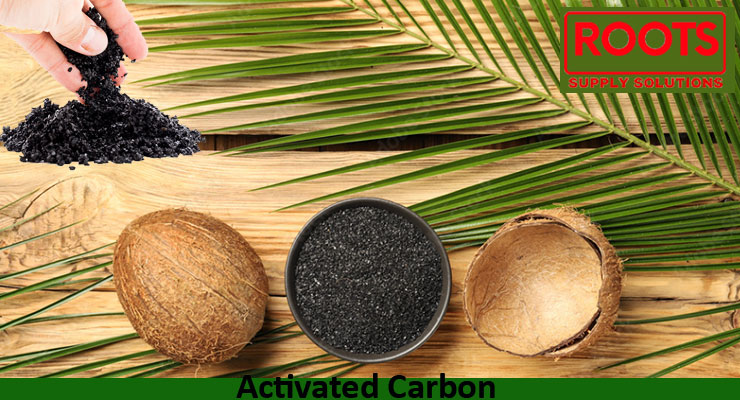
Activated carbon, also known as activated charcoal, is a highly porous form of carbon with a large surface area, which makes it an excellent material for adsorption and filtration purposes. It is produced by heating carbon-rich materials, such as wood, peat, coconut shells, or coal, in a controlled environment with limited oxygen to create a carbonaceous material.
The activation process creates a network of tiny pores and increases the surface area of the carbon, allowing it to effectively trap and retain various substances through adsorption. Adsorption is the process by which molecules and particles adhere to the surface of the activated carbon rather than being absorbed into it.
Properties and Uses of Activated Carbon:
High Surface Area: Activated carbon typically has a surface area ranging from 500 to 1500 square meters per gram, providing an extensive surface for adsorption.
Adsorption: It can effectively adsorb a wide range of substances, including gases, liquids, and dissolved chemicals. Common substances removed by activated carbon include volatile organic compounds (VOCs), chlorine, odors, and various impurities.
Water Treatment: Activated carbon is widely used in water purification and wastewater treatment processes. It can remove chlorine, sediment, organic contaminants, and some heavy metals, improving the taste and odor of drinking water.
Air Purification: Activated carbon is used in air filters and air purifiers to remove harmful gases and odors from the air, making it useful in various indoor environments.
Medical and Poisoning Treatment: It can be used to treat certain cases of poisoning by ingested toxins. Activated carbon is administered to patients to absorb toxins in the digestive system, preventing them from being absorbed into the bloodstream.
Gas Masks and Respirators: Activated carbon is incorporated into gas masks and respirators to protect individuals from harmful airborne chemicals and toxic gases.
Industrial Processes: It is employed in various industrial processes like gas purification, gold recovery, and decolorization of liquids.
It's important to note that activated carbon has limited capacity and eventually becomes saturated, losing its effectiveness. Regular replacement or regeneration (renewing the adsorption capacity) is necessary to maintain its efficiency.
Activated carbon comes in various forms, such as powdered, granular, and pelletized, depending on the application and specific requirements. The choice of activated carbon depends on the substances targeted for removal and the environmental conditions in which it will be used.
ROOTS GENERAL TRADING LTD
Dubai, Abudhabi, United Arab Emirates
Ph: 04 39 33315 , 02 44 77 844
www.activatedcarbonuae.com
